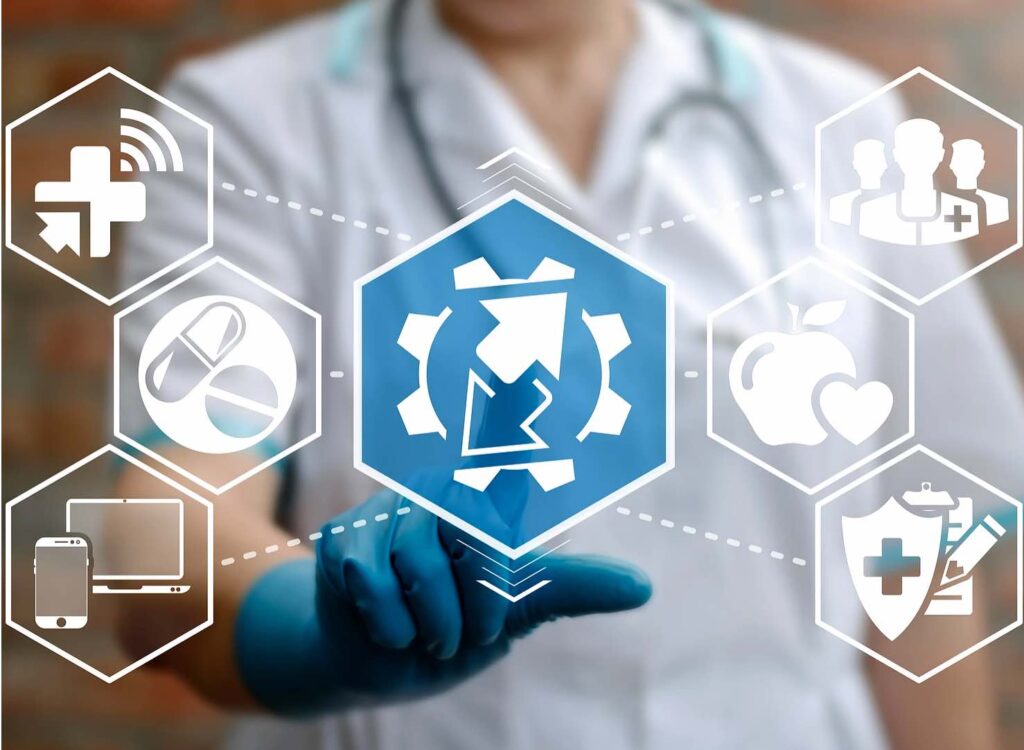
HLTH 2022 has come and gone and the technologies out there promise great things from healthcare in the future, but these technologies take time to mature and prove there efficacy. While there is hope for the future, the specter of decreased valuations and funding looms over an industry poised for change. There is one thing has been clear these past few months, consolidation is continuing, the holiday sales season is in full swing for the healthcare industry. While a large merger, or smaller consolidation may be an early holiday present for executives and investors, it creates challenges and headaches for IT teams and clinical staff. Tylenol certainly won’t help cure these woes.
Migrating different EHR systems is probably the largest hurdle, but there are also systems for pharmacy and radiology that can create a nightmare for IT teams that are already taxed maintaining existing systems. The additional burden can be overwhelming and cause systems to grind to a halt.
For clinical staff focused on seeing patients and taking care of their needs, the disruption to smooth operations can likewise be overwhelming. Did all the information transfer over? Has a patient’s medication allergy been missed? Has an existing medication been missed that could interact with a new one? These are concerns that need to addressed to put the clinical staff’s mind at ease and ensure that they can provide the best possible care to the patient’s.
Beyond patient safety concerns, there are also productivity concerns. Ineffective integration can lead to slowdowns in clinics, creating long wait times and dissatisfaction among staff and the patients who are waiting to be seen. Missing radiology reports, delays in diagnostic testing, lab results not showing, and prescriptions not getting routed properly are just some of the problems that can arise without proper integration and testing of systems.
Clinical staff are not IT experts and likely have little idea of what happens behind the scenes to ensure the smooth flow of information and data that enable safe and effective care. The clinical teams just want systems that work. When systems fail clinical staff safety can be compromised, staff frustration will grow as they resort to work-arounds. Most clinical staff have experienced this when EHRs and other systems were first rolled out, they are often jaded by these experiences that were disruptive and disconnected.
How do you ensure that transition to a new EHR will populate the data where it is expected? Will there be conflicting patient information? Will the images be migrated over to the right patient? Will prescriptions be sent to the pharmacy?
There is no end to the questions from clinicians about how it will work and what the experience will be after. How prepared are the teams behind the scenes to enable this migration? Do IT teams have the experience necessary to carry out this operation in an efficient and effective manner, after all, it’s not something they do every day.
There are many stresses associated with mergers and consolidation, IT systems should not be one of them. Tido Inc. can help handle these questions and work with IT teams to enable efficient and effective systems integration and migration. Check out Tido’s integration and migration packages.
